Disclosure: This article contains affiliate links. We may earn a commission from purchases at no extra cost to you, which helps our travel content.
San Francisco exists at a fascinating intersection of natural topography and human design ingenuity. The city's famous 49-square-mile grid somehow manages to embrace the peninsula's dramatic hills rather than fight them, creating one of North America's most visually distinctive urban landscapes. As an urban planner who's studied countless city layouts, I'm continually impressed by how San Francisco balances its historical architecture with modern innovation spaces, all while maintaining distinct neighborhood identities. Whether you're drawn to the tech culture of SoMa, the cultural richness of the Mission, or the iconic views from Telegraph Hill, this 72-hour guide will help you navigate the city efficiently while experiencing its unique cultural offerings. I've designed this itinerary to highlight both the must-see landmarks and the lesser-known gems where locals actually hang out—including some surprisingly vibrant electronic music venues and gaming cafes that reveal San Francisco's creative digital culture.
Day 1: Iconic Landmarks & Urban Grid Navigation
The San Francisco grid presents a fascinating urban planning case study—a rigid structure imposed on decidedly non-rigid topography. The result? A city where streets dramatically rise and fall, creating those postcard-perfect views that define the cityscape.
Start your day at Fisherman's Wharf, but don't linger too long in this tourist zone. Instead, use it as your launching point to understand the city's relationship with its bay. The restored historic streetcars along the F-Market line offer more than transportation—they're a rolling museum of urban transit design from around the world. Take one to the Ferry Building, a masterclass in adaptive reuse architecture where the 1898 terminal has been transformed into a food hall that showcases Northern California's culinary bounty.
From here, walk or catch a cable car to Union Square, the retail heart of the city. The square itself demonstrates how public spaces function as urban living rooms—note how the terraced design creates natural gathering spaces despite the sloped terrain.
After lunch, tackle the iconic Lombard Street, which represents a creative solution to the challenge of building on a 27% grade. Urban designers used switchbacks to make the street navigable—a technique I've studied in hillside developments worldwide. End your day with sunset at Coit Tower, where WPA murals inside depict the city's labor history, and the panoramic views outside offer an orientation to the city's peninsular geography.
Navigating San Francisco requires comfortable footwear—I recommend a pair of lightweight walking shoes that provide enough cushioning for the hills while still looking presentable enough for dinner reservations. For capturing those dramatic urban vistas, my mirrorless camera has been invaluable, particularly when shooting the dramatic light that occurs when fog rolls through the Golden Gate.
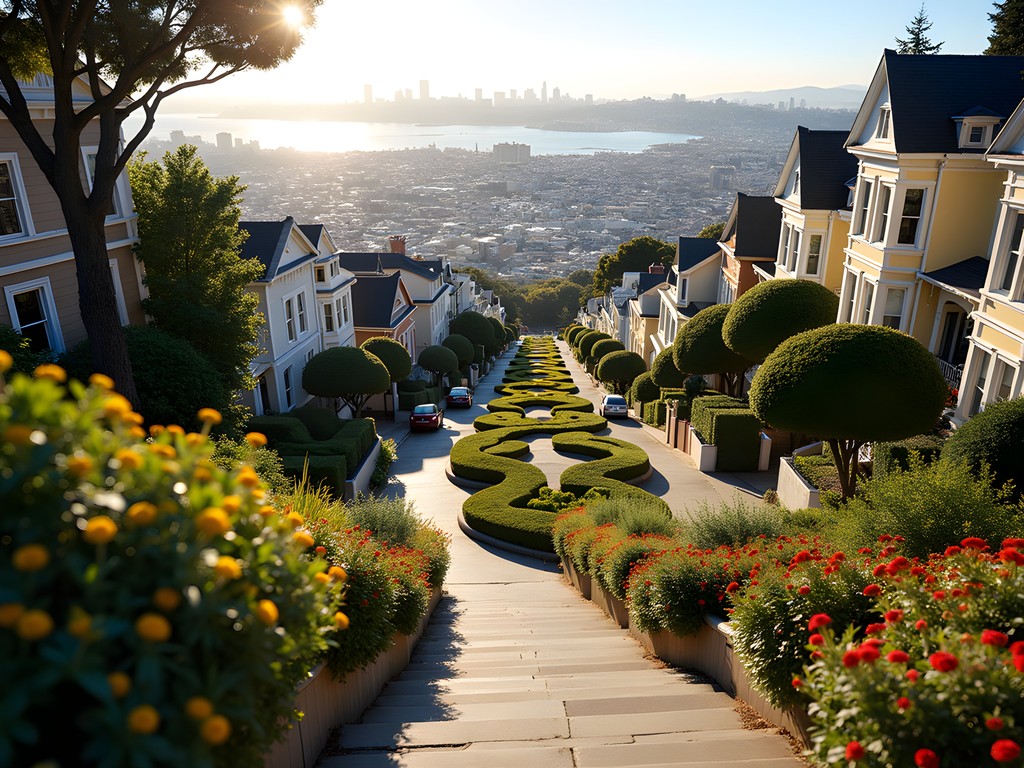
💡 Pro Tips
- Purchase a Clipper Card immediately upon arrival for seamless transit across all systems (BART, Muni, cable cars)
- The Powell-Hyde cable car line offers the most scenic route and best hills
- Visit Coit Tower early or late in the day to avoid crowds in the small elevator
Day 2: Cultural Districts & Electronic Music Scene
San Francisco's neighborhood design fascinates me as an urban planner—each district maintains a distinct identity despite their proximity. Today, we'll explore how these cultural microclimates developed and persist.
Begin in the Mission District, where the urban fabric tells a story of immigration, resilience, and cultural expression. The area's famous murals in Clarion Alley and Balmy Alley aren't just Instagram backdrops—they're visual manifestations of community activism and identity politics. The Mission's relatively flat terrain and wide streets (by SF standards) create an ideal environment for pedestrian exploration.
For lunch, navigate to Dolores Park, an exemplary multi-use urban green space where micro-climate design is evident—the park is often sunny when the rest of the city is foggy due to its protected position. The terraced landscape creates natural 'rooms' where different social groups gather without conflict, a design principle I've referenced in my own urban planning work.
As evening approaches, it's time to explore San Francisco's surprisingly robust electronic music scene. While not as renowned as Berlin or Montreal, SF has incubated significant electronic music movements, particularly in the experimental and ambient spaces. The city's tech industry has created unique venues where digital art and music intersect.
Audio Discotech in SoMa features one of the most sophisticated sound systems on the West Coast—a custom Funktion-One setup that would impress even Berlin club standards. For something more intimate, check if Public Works has any events; their adaptive reuse of an industrial space creates exceptional acoustics. If you're visiting on a weekend, The Great Northern offers immersive audiovisual experiences in a renovated 1940s theater with stunning Art Deco elements.
For navigating between venues at night, I recommend having a portable phone charger since ride-sharing apps will drain your battery quickly. And don't forget to bring a light jacket—San Francisco's microclimates mean temperatures can drop dramatically after sunset, even in summer.

💡 Pro Tips
- Follow The Bold Italic or 19hz.info for current electronic music events
- Most venues don't get busy until after 11pm, unlike East Coast cities
- Bring ID even if you're well over 21—SF venues are strict about checking everyone
Day 3: Tech Culture & Gaming Spaces
San Francisco's identity as a tech hub has profoundly shaped its contemporary urban development. Today, we'll explore how digital culture manifests in physical spaces throughout the city.
Start your morning with a visit to Salesforce Park, an elevated public green space atop the Salesforce Transit Center. This 5.4-acre rooftop park represents the cutting edge of urban green infrastructure design—featuring over 600 trees, a water recycling system, and programmed activity spaces. As someone who studies urban planning interventions, I find this project particularly compelling for how it reclaims space above transportation infrastructure.
Next, head to Yerba Buena Gardens, where the relationship between cultural institutions, tech companies, and public space creates a unique urban ecosystem. The area exemplifies how careful planning can create harmony between seemingly disparate elements—contemporary museums, convention spaces, and children's activity zones coexist within a cohesive landscape design.
For lunch, visit the Metreon's food court, which offers panoramic views of the gardens while showcasing how retail spaces have evolved to prioritize experience over mere consumption.
In the afternoon, explore San Francisco's gaming culture, which exists at the intersection of tech industry innovation and community building. Gamescape on Divisadero offers a curated selection of tabletop games and regularly hosts community events. For digital gaming, check out AFKgg Gamer Lounge in San Jose (worth the BART trip for serious gamers) or Folsom Street Foundry, which transforms from co-working space to gaming venue for their weekly Game Night events.
For capturing gaming experiences in low-light venues, I rely on my low-light lens which performs exceptionally well in the moody lighting of gaming cafes. And to keep track of all your tech gadgets while exploring, I recommend a tech organizer that keeps cables, chargers, and accessories neatly arranged.
End your day with a visit to Emporium SF in the historic Harding Theater—a perfect example of adaptive reuse where a 1926 movie palace now houses arcade games, pinball machines, and a well-stocked bar. The juxtaposition of vintage architecture with contemporary gaming culture creates a uniquely San Franciscan experience.
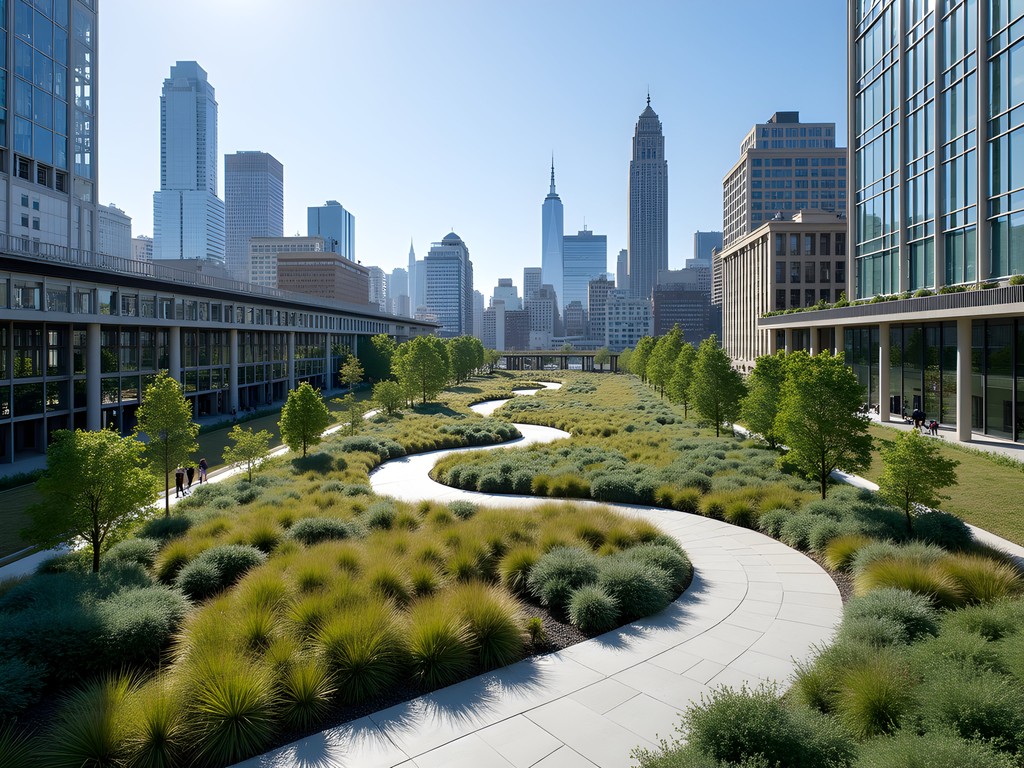
💡 Pro Tips
- Salesforce Park has a free guided tour at 1pm on Thursdays and Sundays
- Many gaming venues require membership or day passes—check websites before visiting
- The Foundry's Thursday game nights get crowded—arrive before 7pm to secure a spot
Hidden Gems & Local Experiences
Beyond the postcard views and tourist attractions, San Francisco's urban fabric contains fascinating spaces that reveal the city's true character. These locations demonstrate how residents actually use the city—spaces that might not make the guidebooks but showcase authentic urban life.
Start with a visit to the Mechanics' Institute Library, a membership library founded in 1854 that still functions as a cultural center and contains a historic chess room. The building itself is an architectural gem, with a beautiful staircase and traditional reading room that feels transported from another era. This space represents how knowledge institutions shaped the urban core of early San Francisco.
Next, explore the hidden urban staircases that create pedestrian connections throughout the city's hillsides. The 16th Avenue Tiled Steps and Hidden Garden Steps in the Inner Sunset showcase community-created public art while serving practical transportation needs—a perfect example of functional infrastructure doubling as cultural expression.
For a glimpse into San Francisco's underground music culture, visit Robotspeak in the Lower Haight, a boutique electronic music equipment shop where local producers gather to test gear and exchange ideas. They occasionally host in-store performances that showcase the experimental electronic scene that thrives beneath the city's more visible cultural layers.
End your exploration at Interval at Long Now, a cafe/bar housed within the Long Now Foundation headquarters. The space functions as a salon for discussions about long-term thinking while serving exceptional cocktails amid artifacts designed to last 10,000 years—including a prototype of their mechanical clock project. The interior design encourages conversation between strangers, a social engineering aspect I find particularly interesting from an urban planning perspective.
These hidden gems reveal San Francisco's layered identity—a city simultaneously embracing innovation while preserving cultural traditions. The tension between these forces creates the dynamic urban environment that makes San Francisco endlessly fascinating to explore.
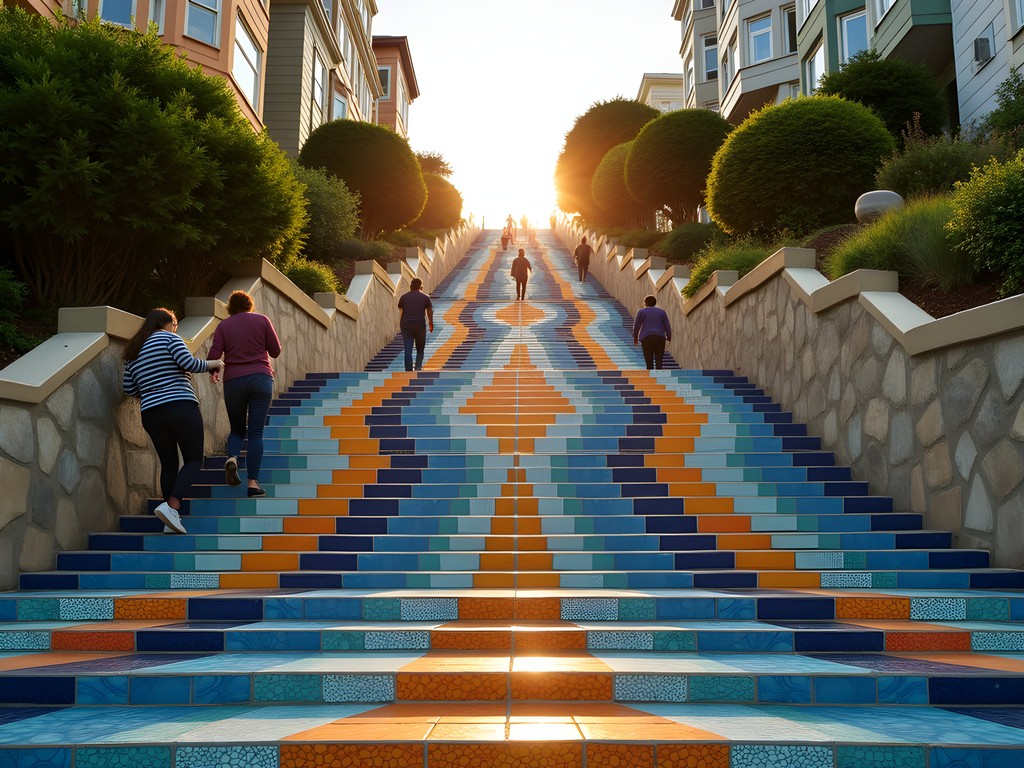
💡 Pro Tips
- The Mechanics' Institute offers day passes for visitors interested in their chess room or library
- Plan your staircase walks using the 'Stairways of San Francisco' map available at bookstores
- Interval at Long Now gets crowded after work hours—visit in late afternoon for a quieter experience
Practical Transportation & Navigation Tips
San Francisco's complex topography creates unique transportation challenges that require strategic navigation. Understanding the city's transit systems is essential for maximizing your 72 hours without wasting time in traffic or exhausting yourself on the hills.
The city's public transportation network, while not as comprehensive as New York's or London's, offers efficient options when used correctly. BART (Bay Area Rapid Transit) provides quick access from the airport and connects major points within the city. Muni buses and light rail fill in the gaps, while the historic cable cars and F-Line streetcars double as transportation and tourist experiences.
For planning efficient routes, I recommend downloading the Transit app, which provides real-time arrival information across all systems. This proves invaluable when coordinating transfers between different transit modes—a common necessity in San Francisco's patchwork system.
When exploring neighborhoods, consider their topographical context. The city's famous hills aren't distributed evenly—the northeastern quadrant (North Beach, Russian Hill, Nob Hill) contains the steepest terrain, while the Mission, SoMa, and Richmond districts offer relatively flat exploration. Plan your walking routes accordingly, and don't hesitate to use transit for uphill segments while walking downhill.
For couples visiting the city, I've found that comfortable backpack is essential for carrying layers as you move through San Francisco's microclimates. The city can transition from foggy and cool to sunny and warm within a few blocks or hours, so adaptability is key.
Ride-sharing services like Uber and Lyft are widely available but can be expensive during peak hours. For couples, the cost often compares favorably to two transit fares, especially when traveling to outlying neighborhoods with less frequent public transportation. However, be aware that downtown traffic can make short rides surprisingly time-consuming—sometimes walking is faster despite the hills.

💡 Pro Tips
- Purchase a Clipper Card and load it with a 3-day Visitor Passport for unlimited rides on Muni, cable cars, and streetcars
- Cable cars can have 30+ minute waits at Powell Street—board at less popular stops like California/Van Ness for shorter lines
- When ride-sharing, use the 'scheduled pickup' feature during morning rush hour to avoid surge pricing
Final Thoughts
San Francisco defies simple categorization—it's simultaneously a tech hub, cultural melting pot, natural wonder, and urban planning anomaly. What makes the city exceptional isn't just its iconic landmarks but how its built environment has adapted to extraordinary geographical constraints while fostering distinct neighborhood identities. As you explore the 49 square miles that comprise this peninsular city, pay attention to how its urban design solutions respond to the challenges of hills, fog, and limited space. The city rewards those who approach it with curiosity about both its physical and cultural landscapes. Whether you're analyzing the innovative public spaces, diving into the electronic music scene, or exploring gaming culture, San Francisco offers layers of discovery that extend far beyond the tourist trail. I hope this guide helps you navigate the city efficiently while appreciating the urban planning nuances that make it unique. Remember that in San Francisco, the journey between destinations often provides the most memorable experiences—so look up from your map occasionally and embrace the serendipitous moments that arise in this remarkable urban environment.
✨ Key Takeaways
- Plan neighborhood explorations based on topography to avoid exhaustion from San Francisco's hills
- The city's distinct microclimates require layered clothing even in summer months
- Look beyond tourist areas to find authentic electronic music and gaming culture
- Use public transportation strategically, especially for uphill segments
📋 Practical Information
Best Time to Visit
September-November (warmest months with least fog)
Budget Estimate
$200-300 per day for couples (mid-range accommodations, meals, and activities)
Recommended Duration
Minimum 3 days, ideally 4-5 days
Difficulty Level
Moderate (Due To Hills And Navigation Complexity)


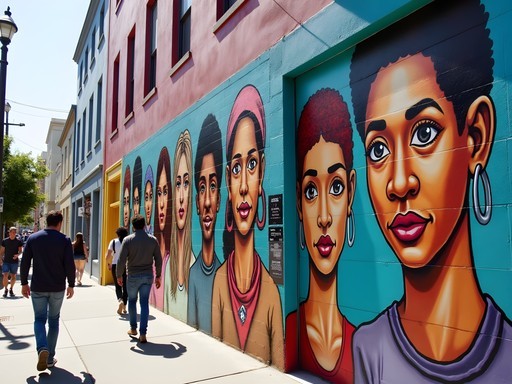
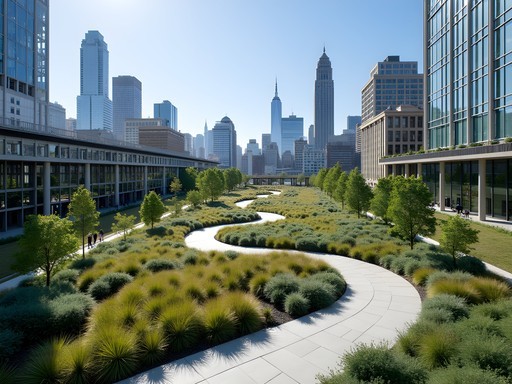
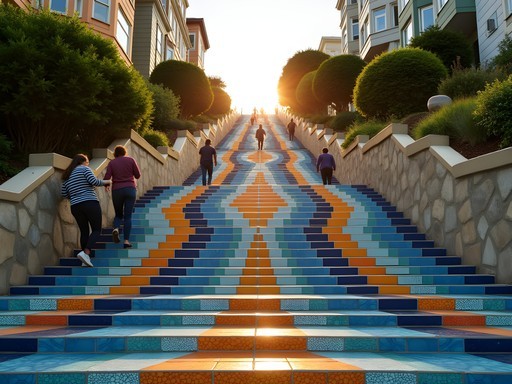
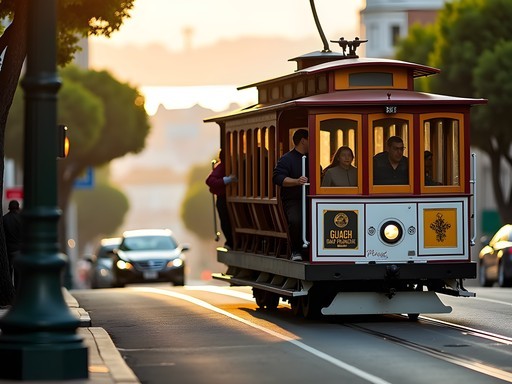


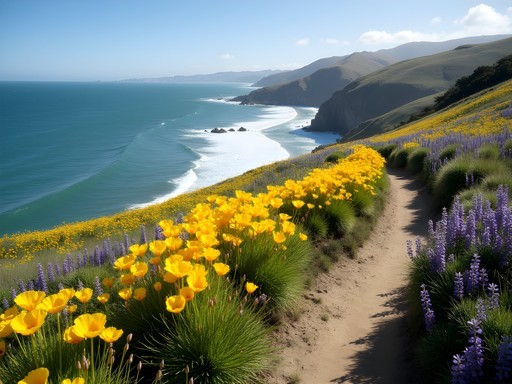
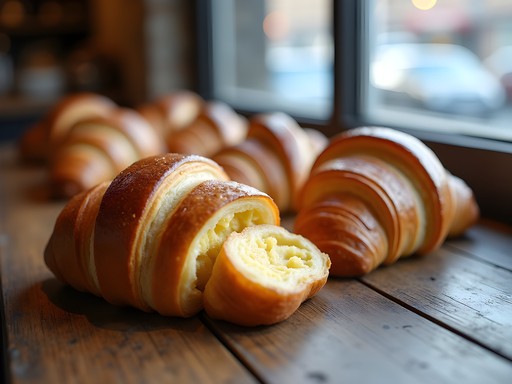
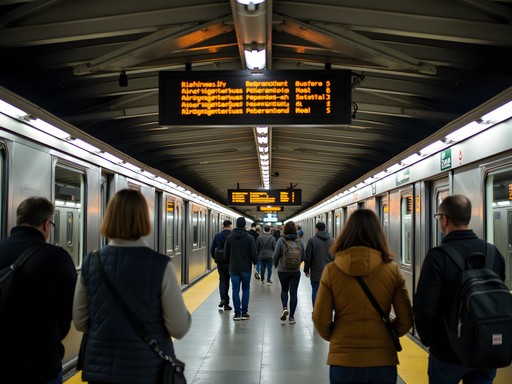
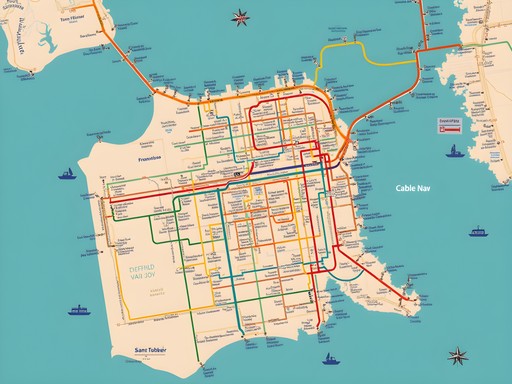



Comments
hikergirl45
Going there next month! Is 72 hours really enough? Thinking of adding an extra day...
Frank Garcia
Add that extra day if you can! Use it for a day trip to Muir Woods or Sausalito - both are just across the bridge and absolutely worth it.
hikergirl45
Thanks! Muir Woods looks amazing, will definitely extend my stay!
travel_with_mia
That Day 2 itinerary is perfect! The Mission murals are even better in person.
westcoast_wanderer
Love this guide! Just got back from SF and wish I'd seen it before. One tip: the fog rolls in FAST in the afternoon. Get your Golden Gate Bridge photos in the morning! We missed out because by 2pm it was completely covered.
Frank Garcia
Brilliant guide, Skylar! I'd add that the Clipper Card is absolutely essential for navigating SF efficiently. I spent a week there last summer and the public transport saved me from the nightmare hills! One thing I'd emphasize more is how dramatically different the microclimates are. I made the classic mistake of wearing shorts to cross the Golden Gate Bridge and nearly froze. Always carry layers, even in summer! Also found an amazing underground electronic music venue in SoMa called The Midway that wasn't mentioned - perfect for Day 2's electronic scene exploration. Their Sunday afternoon sets are legendary.
smartvibes8103
The Midway sounds awesome! Did you need tickets in advance or can you just show up?
Frank Garcia
Definitely book ahead for weekend events - they sell out fast! Their website has all the listings. I used my noise-cancelling earbuds for the louder sets and they were perfect.
smartvibes8103
Good call on booking ahead! And yeah, definitely bringing earplugs or something similar.
smartvibes8103
Just booked my tickets to SF for September after reading this! Those hidden gems in Day 3 are exactly what I'm looking for. Anyone done the gaming spaces the author mentions?
Frank Garcia
The gaming cafés in SF are incredible! Folsom Street Game Collective was my favorite - they have indie developers showcasing prototypes on weekends. Skip the touristy places and head there!
smartvibes8103
Thanks for the tip! Adding that to my list for sure
hikingfan99
Just got back from SF and followed most of this itinerary. Highly recommend adding Twin Peaks to Day 1 for sunset views - absolutely stunning and less crowded than other lookouts!
travelwithme2023
Thanks for the tip! Is it easy to get to by public transport?
hikingfan99
We took an Uber up and then the 37 Corbett bus down. About $15 for the Uber, but worth it for the views!
urban_explorer55
Just got back from SF and used this guide - super helpful! One thing to add: the Mission District food scene is even better than described. We found this tiny taqueria called La Taqueria that had mind-blowing burritos. Also, the hidden stairways mentioned in the Hidden Gems section were a highlight - especially the 16th Avenue Tiled Steps. Absolutely worth the climb for the view and the amazing mosaic work.
SkylarRoberts
So glad it was helpful! La Taqueria is legendary - should've mentioned it specifically. Those tiled steps are magical, aren't they?
coastalcruiser
Love that shot of the Golden Gate Bridge in the fog! Perfect capture of classic SF.
coastalwanderer
That Golden Gate Bridge shot is incredible! Perfect fog conditions.
hikergirl92
Bookmarking this for my trip next month! Those hidden gems sound perfect.
coolninja7425
I just got back - definitely check out Lands End Trail! Way less crowded than other spots but amazing views.
Venture X
Premium card with 2X miles, $300 travel credit, Priority Pass